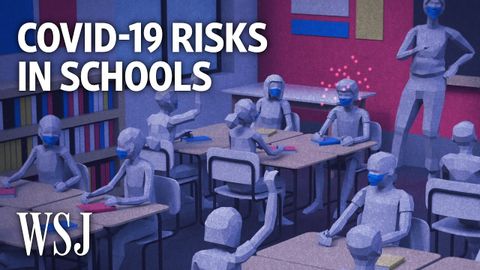
Subtitles & vocabulary
How Risky Is the Classroom With Covid-19 Controls in Place? | WSJ
00
joey joey posted on 2021/05/31Save
Video vocabulary
recommend
US /ˌrɛkəˈmɛnd/
・
UK /ˌrekə'mend/
- Transitive Verb
- To advise or suggest that someone do something
- To endorse or support something publicly.
A2TOEIC
More period
US /ˈpɪriəd/
・
UK /ˈpɪəriəd/
- Noun (Countable/Uncountable)
- Set amount of time during which events take place
- A way to emphasize what you will say
A1TOEIC
More severe
US /səˈvɪr/
・
UK /sɪ'vɪə(r)/
- Adjective
- Very bad; harsh
- (Of clothes, etc.) plain; simple; not decorated
A2TOEIC
More kinda
US /'kaɪndə/
・
UK /'kaɪndə/
- Noun
- Short way of saying 'kind of'
- Adverb
- Somewhat; to some extent; rather.
- Sort of; in a way.
B2
More Use Energy
Unlock All Vocabulary
Unlock pronunciation, explanations, and filters
